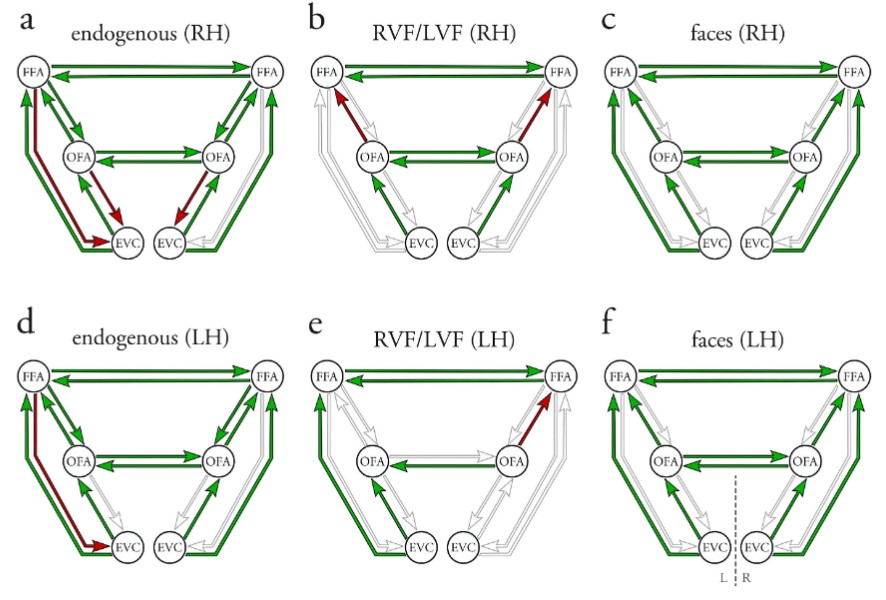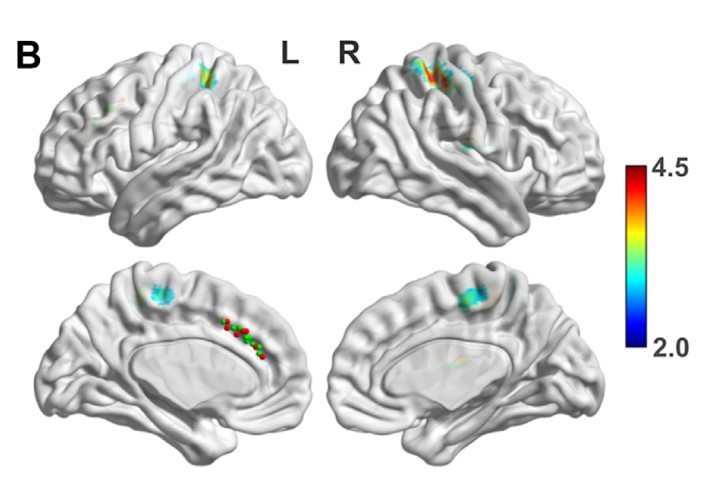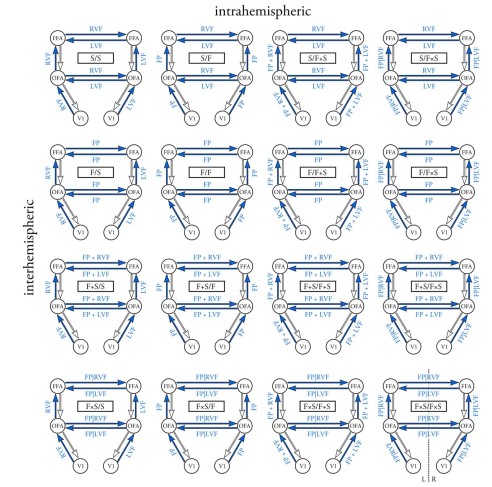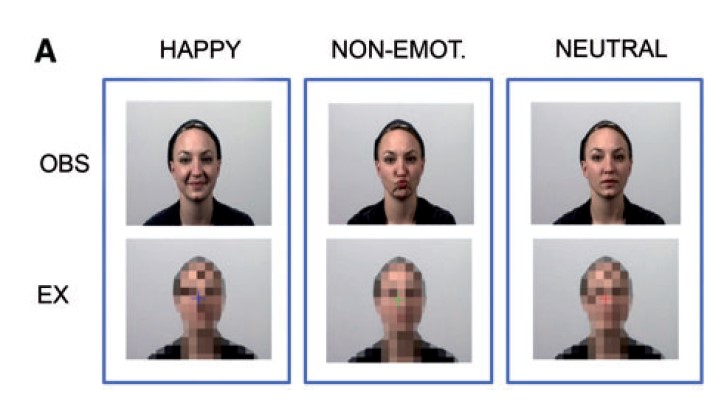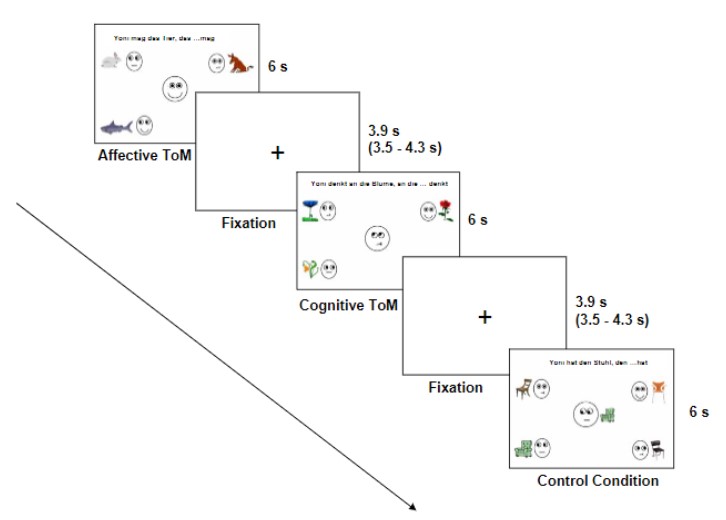Handedness is related to neural mechanisms underlying hemispheric lateralization of face processing
Abstract While the right-hemispheric lateralization of the face perception network is well established, recent evidence suggests that handedness affects the cerebral lateralization of face processing at the hierarchical level of the fusiform face area (FFA). However, the neural mechanisms underlying differential hemispheric lateralization of face perception in right- and left-handers are largely unknown. Using dynamic […]
